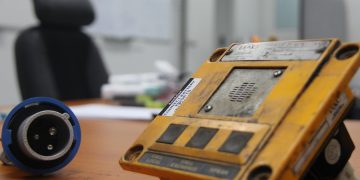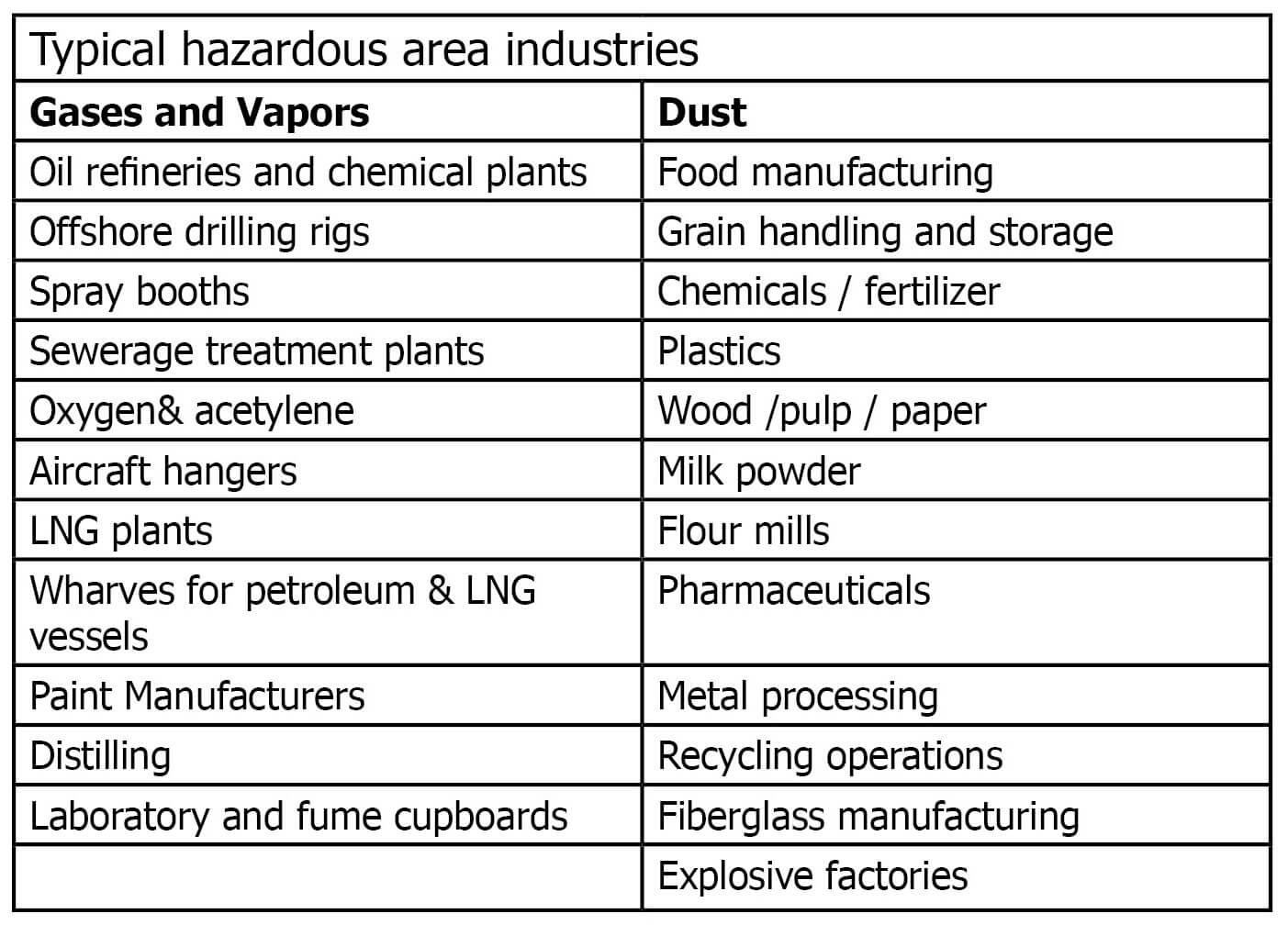What Does Roar Solutions Mean?
What Does Roar Solutions Mean?
Blog Article
The Only Guide for Roar Solutions
Table of Contents10 Easy Facts About Roar Solutions ShownSome Known Details About Roar Solutions Some Known Details About Roar Solutions
In order to secure setups from a possible explosion an approach of evaluating and identifying a potentially dangerous area is required. The objective of this is to make certain the correct selection and installment of equipment to ultimately prevent an explosion and to make sure safety and security of life.
(https://www.metooo.io/u/roarsolutions)
No equipment should be set up where the surface temperature of the devices is greater than the ignition temperature level of the offered danger. Below are some usual dust dangerous and their minimum ignition temperature level. Coal Dust 380C 225C Polythene 420C (melts) Methyl Cellulose 420C 320C Starch 460C 435C Flour 490C 340C Sugar 490C 460C Grain Dirt 510C 300C Phenolic Material 530C > 450C Aluminium 590C > 450C PVC 700C > 450C Residue 810C 570C The possibility of the danger being present in a concentration high enough to cause an ignition will differ from place to location.
In order to categorize this threat an installment is divided right into locations of risk relying on the amount of time the unsafe is existing. These areas are referred to as Areas. For gases and vapours and dusts and fibers there are 3 areas. Zone 0 Area 20 A hazardous ambience is extremely likely to be present and may be existing for extended periods of time (> 1000 hours per year) or even continually Zone 1 Zone 21 A dangerous atmosphere is possible yet unlikely to be existing for long durations of time (> 10 450 C [842 F] A classification of T6 means the minimal ignition temperature level is > 85 C [185 F] Unsafe location electrical devices maybe designed for use in greater ambient temperatures. This would indicated on the ranking plate e.g. EExe II C T3 Ta + 60C( This suggests at 60C ambient T3 will not be exceeded) T1 T1, T2, T3, T4, T5, T6 T2 T2, T3, T4, T5, T6 T3 T3, T4, T5, T6 T4 T4, T5, T6 T5 T5, T6 T6 T6 A T Class rating of T1 implies the optimum surface temperature created by the instrument at 40 C is 450 C. Thinking the linked T Course and Temperature level ranking for the equipment are appropriate for the location, you can always use a tool with a more rigorous Division rating than required for the location. There isn't a clear answer to this inquiry regrettably. It actually does rely on the kind of devices and what repair services require to be performed. Devices with specific examination procedures that can't be done in the area in order to achieve/maintain 3rd party score. Must return to the manufacturing facility if it is prior to the equipment's service. Field Repair Work By Authorised Worker: Complex screening may not be required nevertheless details treatments may need to be complied with in order for the devices to keep its third celebration rating. Authorized personnel should be utilized to do the job properly Repair service need to be a like for like substitute. New part must be considered as a direct replacement requiring no special testing of the tools after the fixing is complete. Each item of equipment with a harmful score should be reviewed independently. These are outlined at a high level listed below, but also for even more thorough details, please refer straight to the guidelines.
Some Of Roar Solutions
The equipment register is a detailed data source of tools records that includes a minimum collection of areas to determine each thing's area, technical specifications, Ex lover category, age, and environmental information. The proportion of Detailed to Close examinations will certainly be figured out by the Devices Risk, which is analyzed based on ignition danger (the likelihood of a source of ignition versus the possibility of a combustible ambience )and the dangerous location category
( Zone 0, 1, or 2). Applying a robust Risk-Based Inspection( RBI )approach is vital for guaranteeing compliance and safety and security in handling Electric Devices in Hazardous Locations( EEHA).
Roar Solutions for Dummies

In regards here to eruptive risk, a hazardous location is a setting in which an explosive ambience exists (or may be anticipated to be existing) in quantities that call for special precautions for the building and construction, installation and usage of devices. hazardous area course. In this post we check out the obstacles dealt with in the office, the danger control measures, and the needed expertises to function securely
It issues of modern-day life that we manufacture, store or manage a variety of gases or fluids that are deemed combustible, and a range of dirts that are regarded combustible. These materials can, in certain conditions, develop explosive atmospheres and these can have significant and heartbreaking repercussions. Most of us are familiar with the fire triangular eliminate any kind of one of the three aspects and the fire can not happen, yet what does this mean in the context of hazardous areas? When breaking this down right into its easiest terms it is essentially: a combination of a particular quantity of launch or leakage of a certain substance or material, blending with ambient oxygen, and the visibility of a source of ignition.
In the majority of circumstances, we can do little concerning the degrees of oxygen in the air, however we can have considerable impact on sources of ignition, for example electric equipment. Dangerous areas are documented on the hazardous area classification drawing and are identified on-site by the triangular "EX LOVER" indicator. Below, amongst other key information, zones are split into 3 kinds depending on the hazard, the possibility and duration that an eruptive atmosphere will certainly exist; Area 0 or 20 is deemed the most hazardous and Area 2 or 22 is deemed the least.
Report this page